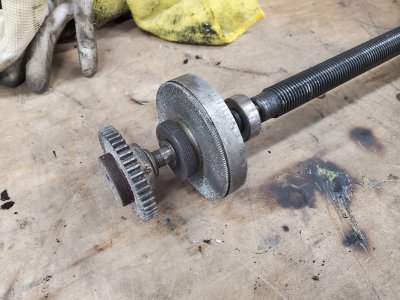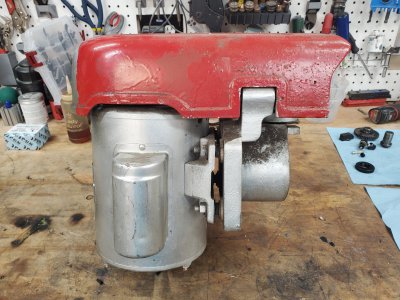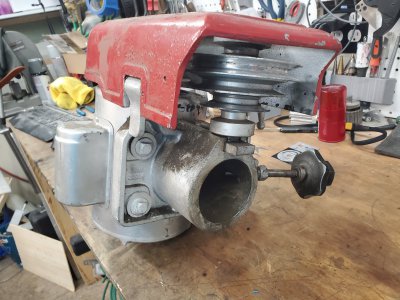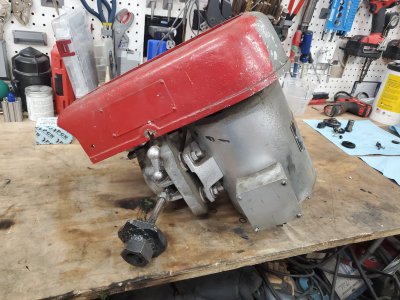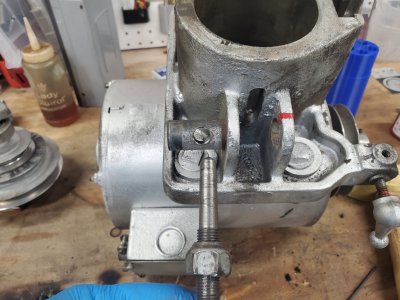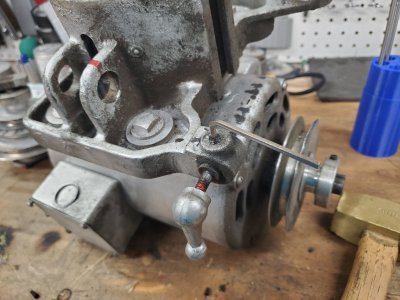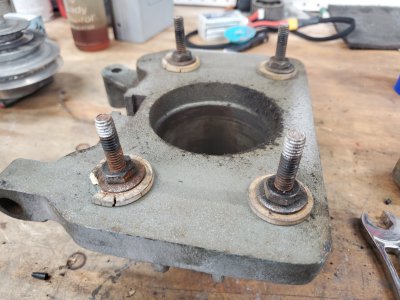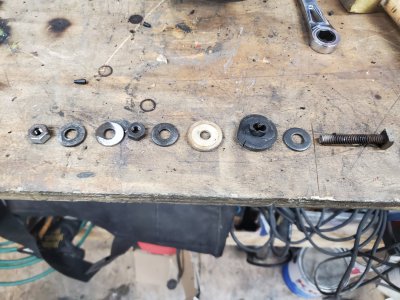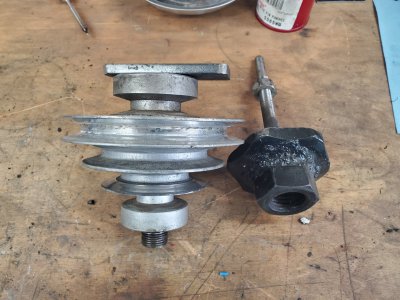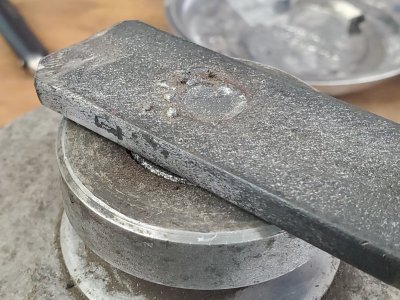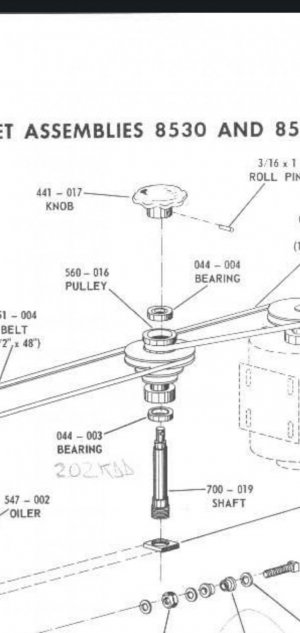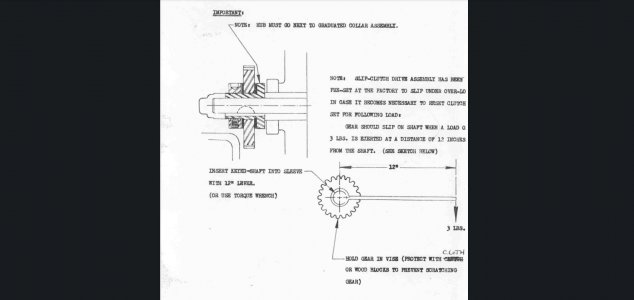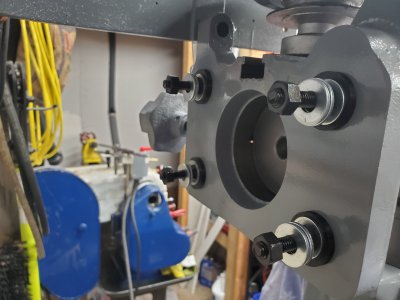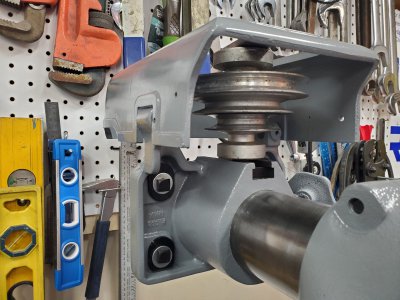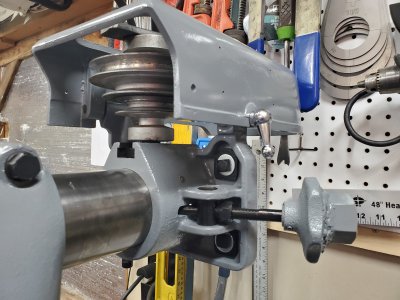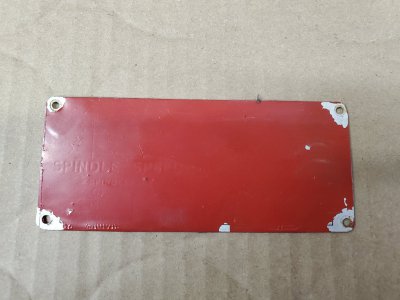I've reached a major milestone here folks, the lower end of the machine is all finished up.
The power feed was the final piece to be restored on the lower end. I didn't get as many pictures of the assembly process but here's a few of before I took it apart.
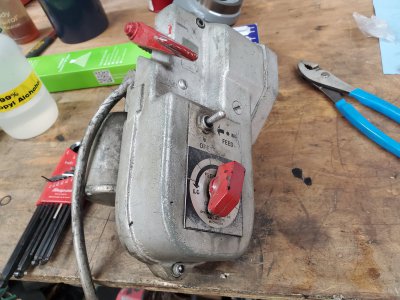
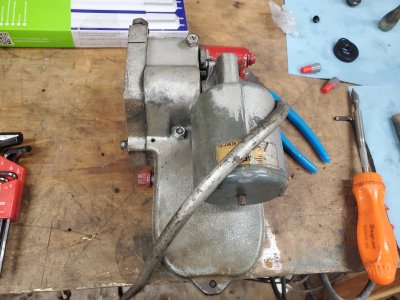
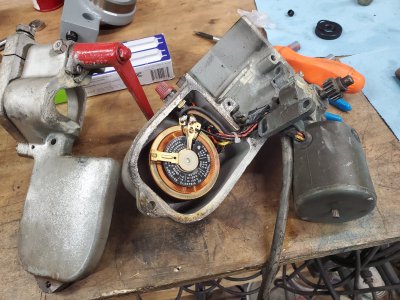
Some of the solder joints had to be undone to get everything apart, primarily the ones to the fuse. There was some insulation damage on the wire from the fuse to the variable transformer, so I removed both ends and replaced it.
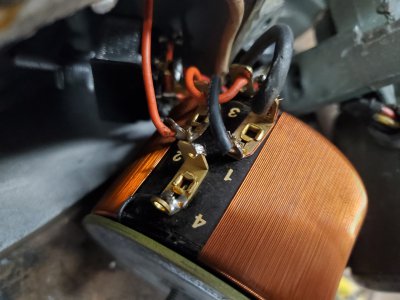
I suspect some of the wiring at the switch was not original, but it seemed intact and serviceable, so I left it be.
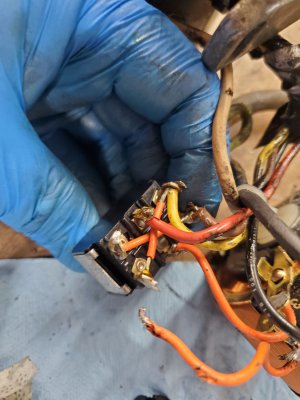
I also replaced the power cord, sense the old one was showing some wear and covered in silver spray paint. All the connections that I touched were flux'd, soldered and covered in heat shrink.
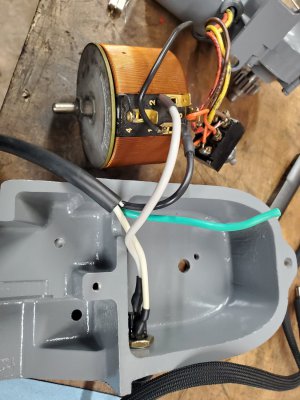
Here it is all finished up and installed. It took a bit of adjustment to get it all aligned and mesh up the gear in the power feed to the gear on the lead screw, but it wasn't too difficult to figure out.
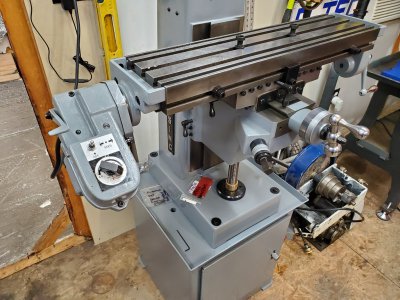
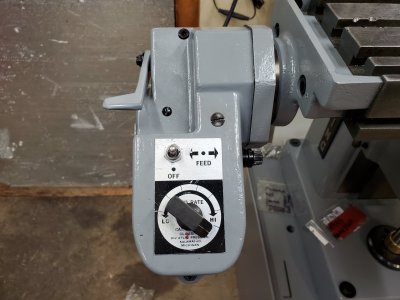
I found this clip of a brochure for the power feed, it mentions a clutch, but I'm not sure what they're referring to. Maybe one of you guys know what part is the clutch mechanism? Seems like the kind of thing I should tune to ensure it's functional. When I got it back together and started running the power feed I started thinking about what will happen when I crash the table into something and had thought maybe I'd be relying on popping the fuse. A clutch seems like a much better damage prevention feature, than waiting for the fuse to pop.
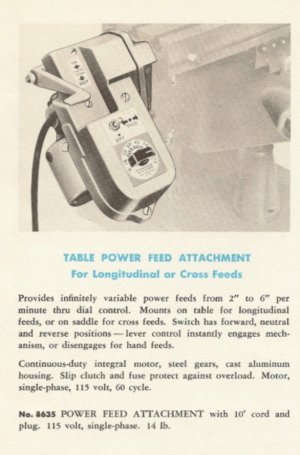
I'm thinking maybe the clutch they speak of is built into the gear assembly on the lead screw? I might try lossening the grip of those collars that clamp the gear in place. It's not obvious in this picture, but now that it's cleaned up, I can see there's a red fiber washer sandwiched in there with the gear.
